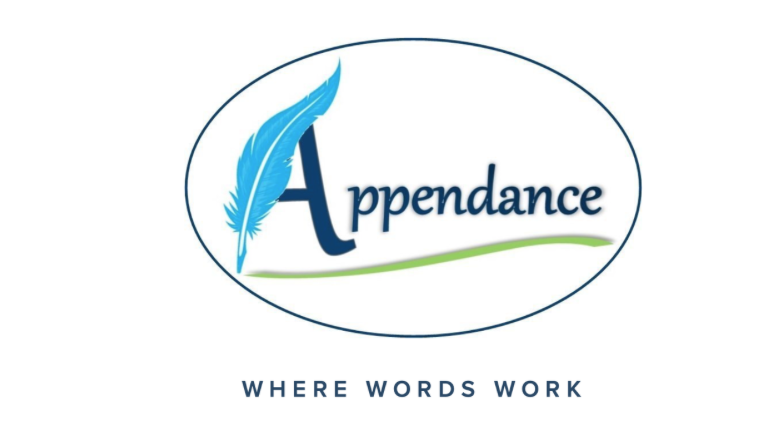The art of formatting a message to show the reader that you care
FORT COLLINS, Colo., — (August 19, 2020) — Think about how you read. We imagine that we read left to right from the top line to the bottom line. But our eyes actually move around as we read, glancing beyond the text in front of us to the room we are sitting it, or to the corner of the screen, or over to our phone blinking with a new notification.
When our eyes return to the page, they often return to where the margin is broken by text or to the beginning of a paragraph where there’s an indented line or the white space between paragraphs catches our attention. Formatting is the art of arranging text so that it draws or repels the eye of the reader. And good formatting helps the reader both read your message and trust your message.
Have you ever received a message that was one giant block of text from start to finish? How did you feel when reading that message? Most of us look at the first line of the block of text and look away. We don’t want to read it because we can’t see the end of it.
Now look at a message that uses short paragraphs with white space between them. How do you feel about that message? Hopefully, a bit more positive. Just looking at the message you can see that the author thought carefully about the main ideas and how to arrange them. The author gave you space between each main idea so you could see that there were multiple main ideas and have room to digest each one.
Paragraphs aren’t the only means of directing the reader’s attention. Other strategies include bullet points, which indicate a series of information and allows you to glance at the first bullet and quickly return to that list when you need it.
We also use bold, underline, and italics. Of these strategies, bold tends to be the most effective at drawing the reader’s eye to the middle of the text without changing the volume the reader hears in their head. Underline is hard to see and doesn’t draw the reader’s eye to words in the middle of the paragraph but can work to create emphasis if you trust the reader to read most of the words in the message. Italics tend to turn the volume down so that a reader hears those words as a whisper. And we all know that ALL CAPS turn the volume up to shouting—mostly because we’ve trained our brains to put an extra emphasis on capitalized words whether at the beginning of a sentence or at the beginning of a proper name, so WHEN THERE’S A BUNCH OF WORDS IN ALL CAPS we hear all those letters emphasized. Typically, shouting is not an effective way to send a message.
One of the most effective strategies for drawing the reader’s eye to information is to highlight it in yellow or green. According to Guy Deutscher in his book Through the Language Glass, the words for colors entered most languages in the same order: red, black, and white were first, then yellow and green, then blue, purple, and orange. The theory is that black and white have the greatest contrast and red is equivalent to life or death, so those words came first. Yellow and green came next because of their relation to food. So, if you want to draw someone’s attention to some information in the middle of a message, highlighting in yellow or green makes them look because their brain hopes the color indicates food. If you don’t want to draw attention but do want to show difference, changing the font to blue, purple, or orange can signal difference without being distracting.
While formatting techniques like bold, underline, italics, and changing the color can be helpful, only use 1-2 at a time and 1-2 in a message. Using too many techniques all together or throughout a message can be distracting and encourages people to look away from the message. The goal is to use these tools to draw the reader’s attention to the most critical information so that their eyes are drawn to it while they are reading and they can find it easily if they need to return to the message later.
Remember, the first line of each paragraph is the most useful place for information since most people are likely to read those words. Bold can work to draw their attention to the middle of a paragraph just as well as highlighting in yellow or green. And bullet points are a great way to draw the reader’s attention to information that they may need to refer to at a later time.
(Originally published in BizWest.)

